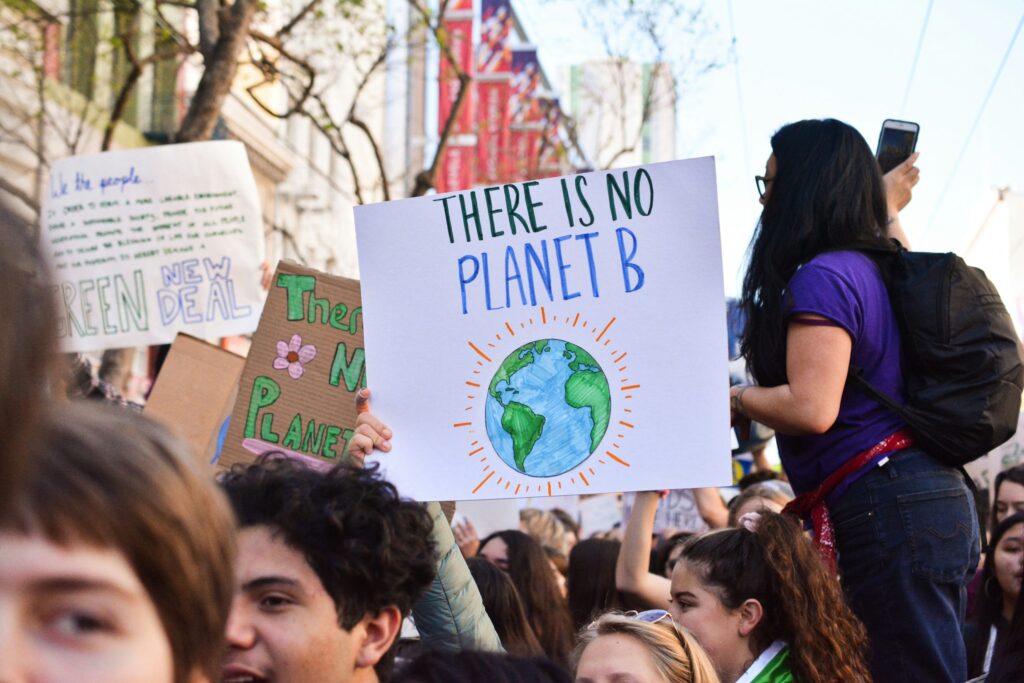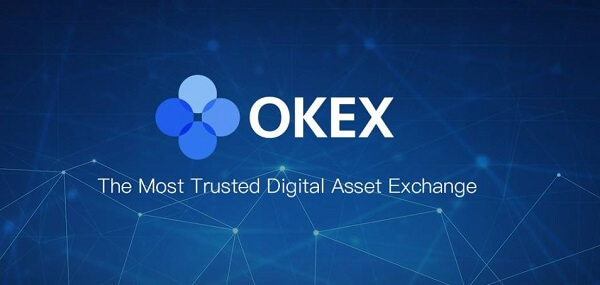How tech giants are struggling to go green

As AI takes centre stage in Silicon Valley, an inconvenient truth is emerging behind the scenes: AI has a massive carbon footprint. Tech giants like Microsoft, Google and Amazon have made bold commitments to slash greenhouse gas emissions in the coming years, but the technology they’re betting their futures on is making those climate goals increasingly challenging to achieve.
Microsoft revealed that its carbon emissions had surged nearly 30% since 2020, mainly due to the construction and operation of energy-hungry data centres needed to power its AI ambitions. Google reported an even steeper 48% rise in emissions compared to 2019. These trends highlight the growing tension between rapid AI development and environmental sustainability in the tech sector.
The root of the problem lies in AI’s immense appetite for computing power and electricity. Training large language models like GPT-3 requires vast amounts of data to be processed by thousands of specialized chips running around the clock in sprawling data centres. Once deployed, AI models consume significant energy with each query or task.
“One query to ChatGPT uses approximately as much electricity as could light one light bulb for about 20 minutes,” explained Jesse Dodge, a researcher at the Allen Institute for AI, in an interview with NPR. “So, you can imagine that millions of people using something like that every day adds up to a really large amount of electricity.”
Indeed, according to Goldman Sachs analysts, a typical ChatGPT query requires nearly ten times as much electricity as a standard Google search. As AI capabilities expand and usage skyrockets, so too does its energy demand. Goldman Sachs estimates that data centres will consume 8% of global electricity by 2030, up from about 3% today—a massive jump primarily driven by AI.
The tech industry’s intense electricity consumption impacts regional power grids and even influences decisions around fossil fuel use. Data centre operators in Northern Virginia are expected to require enough electricity to power 6 million homes by 2030. In some areas, plans to decommission coal plants have been delayed to meet surging power needs.
This puts tech giants in a difficult position as they try to balance their AI ambitions with climate commitments. Microsoft has pledged to become carbon-negative by 2030, removing more carbon from the atmosphere than it emits. That goal now appears increasingly challenging. The latest sustainability report acknowledges that “as we further integrate AI into our products, reducing emissions may be challenging due to increasing energy demands.”
Google had long touted its carbon-neutral status, achieved through carbon offsets. But in 2023, it admitted it was no longer “maintaining operational carbon neutrality” due to emissions growth. The company still aims for net-zero emissions by 2030 but called that timeline “fraught with challenges.”
Other major players in AI development, like OpenAI, have yet to disclose any emissions data, leaving the full scope of the industry’s climate impact unclear. However, Microsoft and Google’s trends paint a concerning picture.
“We have an existential crisis right now. It’s called climate change, and AI is palpably making it worse,” warned Alex Hanna, director of research at the Distributed AI Research Institute, in an interview with NPR.
To their credit, tech companies are not ignoring the problem. They’re investing heavily in renewable energy, exploring more efficient chip designs, and researching ways to reduce AI’s energy needs. Microsoft says it has expanded the use of low-power server states to cut energy use by up to 25% on some machines. Google is designing data centres that it claims will use zero water for cooling.
However, these efforts are being outpaced by the breakneck speed of AI development and deployment. Every major tech firm is racing to integrate AI across their product lines, from search engines to productivity software to social media. The potential economic and competitive advantages are simply too large to ignore.
This leaves the tech industry at a crossroads. Companies must find ways to dramatically improve AI’s energy efficiency or risk undermining their climate goals and facing growing criticism over their environmental impact. Regulators and the public may also need to grapple with difficult questions about the societal value of AI applications versus their climate costs.
The coming years will be crucial in determining whether artificial intelligence becomes a powerful tool for addressing climate change or accelerates the very problem it could help solve. For now, as Microsoft’s president Brad Smith told Bloomberg, the company believes “the answer is not to slow down the expansion of AI but to speed up the work needed to make it more environmentally friendly.” Time will tell if that optimism is warranted or if more drastic measures will be needed to reconcile AI’s promise with its environmental price tag.
(Photo by Li-An Lim)
See also: Google’s dilemma: AI expansion vs achieving climate goals
Want to learn more about AI and big data from industry leaders? Check out AI & Big Data Expo taking place in Amsterdam, California, and London. The comprehensive event is co-located with other leading events including Intelligent Automation Conference, BlockX, Digital Transformation Week, and Cyber Security & Cloud Expo.
Explore other upcoming enterprise technology events and webinars powered by TechForge here.













